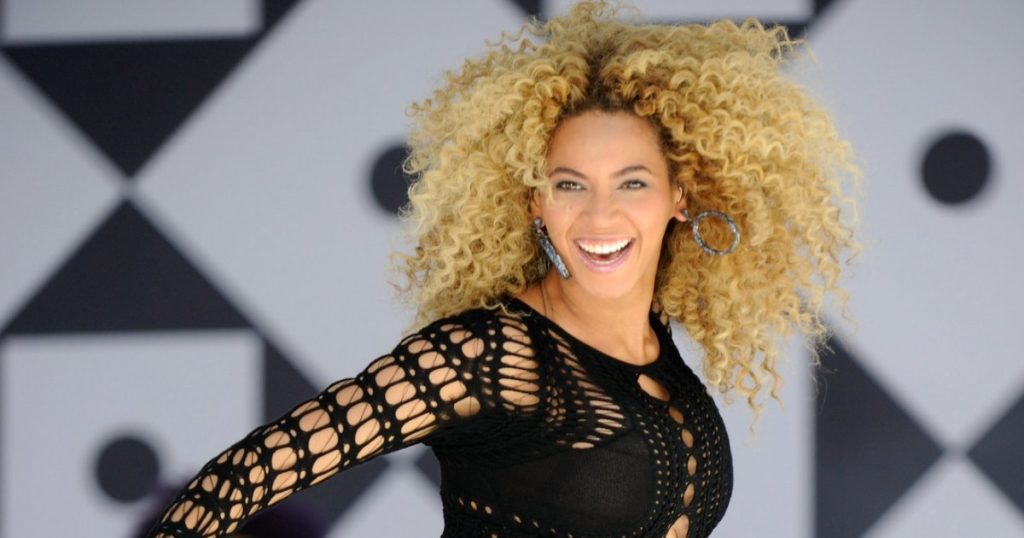Beyoncé’s iconic dance moves, particularly her celebrated “booty shake,” may have roots tracing back to a lesser-known 1990s British boy band called 911. In a recent documentary titled “Boybands Forever” aired on BBC, band member Spike Dawbarn recounted a memorable encounter with Beyoncé when Destiny’s Child performed on the same music show as 911 in 1997. During their performance of the song “Bodyshakin’,” which prominently featured a captivating dance routine, Beyoncé reportedly expressed her admiration for their choreography and requested to learn the moves. Dawbarn highlighted the excitement of the moment, stating, “There’s something about that move…Beyoncé was like, ‘show us that move! Keep doing it!’” This interaction suggests that Beyoncé, who was not yet the global superstar she is today, recognized the value of the dance and its unique appeal.
The boy band 911, comprised of Dawbarn, Jimmy Constable, and singer Lee Brennan, was known for their dynamic dance routines, which often straddled the line between traditional choreography and acrobatics. The songwriter for “Bodyshakin’,” John McLaughlin, praised the group’s dance skills, noting that their performances were much more than just dancing—they were captivating displays of physical artistry. McLaughlin was inspired to create a song that embodied a lively and memorable theme, which ultimately became the hit “Bodyshakin’.” It reached No. 3 on the UK’s singles chart and gained recognition in Australia and New Zealand, although the band never broke into the US market.
Despite their chart success, 911 faced challenges that led to their breakup in 1999. However, they reunited multiple times in the 2010s, enjoying renewed popularity, especially in Southeast Asia, where they performed to enthusiastic crowds in Malaysia in 2019 and collaborated with a Vietnamese pop act in 2023. The band’s legacy, as showcased in “Boybands Forever,” includes a vibrant collection of memories alongside contemporaries from other famed British pop acts like Take That, Blue, and 5ive, with commentary from music industry figures like Simon Cowell.
On the other hand, Beyoncé has become a monumental figure in the music industry, recently being recognized as Billboard’s Greatest Pop Star of the 21st Century. Her abundant accolades exemplify her evolution as an artist, boasting 32 Grammy Awards, 30 MTV Video Music Awards, and 28 Billboard Music Awards since the 1990s. This remarkable achievement underscores not only her talent but also her enduring influence on modern pop and R&B music.
The intersection of 911’s choreography and Beyoncé’s later performances illustrates a fascinating dynamic in the evolution of pop culture and dance in the music industry. The influence of lesser-known artists can sometimes shape the trajectories of superstars, often in surprising ways. Dawbarn’s lighthearted acknowledgment that Beyoncé “robbed” their move highlights the playful nature of artistic inspiration and the ways in which dance and music intermingle across generations and borders.
In conclusion, the discovery of Beyoncé’s potential borrowing from 911 enriches the narrative of her artistry. It reveals how influential dance trends can travel and evolve, often shifting into celebrated movements within pop culture. As both 911 and Beyoncé continue to resonate with audiences, their stories serve to remind fans of the interconnectedness of artists, the homage they pay to one another, and the ever-changing landscape of music and dance.

